Neolithic Pottery from the Collection of Ronald W. Longsdorf sold at Sotheby's Hong Kong, 31 May 2023
Lot 801. Property from the Ronald W. Longsdorf Collection. A red pottery plain alms bowl, Yangshao culture, Banpo phase, c. 4800-4300 BC; d. 25.3 cm. Lot Sold 15,240 HKD (Estimate 10,000 - 20,000 HKD). © Sotheby's
Lot 803. Property from the Ronald W. Longsdorf Collection. A gray pottery jar with incised designs, Probably Angangxi Culture, 5th - 4th millenium BC; h. 13.8 cm. Lot Sold 53,340 HKD (Estimate 20,000 - 30,000 HKD). © Sotheby's
C-Link Research & Development Ltd, Hong Kong, thermoluminescence test no. 2237YF05, 1st June, 2010, shows the date range to be c. 2500-1000 B.C.
Literature: Ronald W. Longsdorf, The Pottery Age: An Appreciation of Neolithic Ceramics from China, Circa 7000 BC - Circa 1000 BC, Hong Kong, 2020, pl. 14.
Note: Angangxi culture flourished in the middle reaches of Nenjiang River. Similar to other Neolithic Northern cultures, Angangxi pottery vessels are characteristically decorated with bold geometric patterns such as the elaborate incised design seen on the present jar. It is speculated that such geometric patterns are simplified representations of animals. On a closer look, the hatching-decorated forms on this jar vaguely recall the silhouettes of fish.
Lot 804. Property from the Ronald W. Longsdorf Collection. An incised large red pottery bowl, Yangshao culture, Banpo phase, c. 4800-4300 BC; d. 29.2 cm. Lot Sold 304,800 HKD (Estimate 50,000 - 70,000 HKD). © Sotheby's
Literature: Ronald W. Longsdorf, The Pottery Age: An Appreciation of Neolithic Ceramics from China, Circa 7000 BC - Circa 1000 BC, Hong Kong, 2020, pl. 9.
Note: This nearly hemispherical bowl is shaped in one of the most basic forms. Bowls in this form may be plain and unpainted, or painted with a wide band at the mouth rim on the exterior in a slightly different colour. Decorated with a deep maroon rim band, this bowl showcases how the Banpo people embellished their daily life by creating simple decorative elements on ordinary objects.
The present bowl is remarkable for the elaborate feathery mark cut through the deep maroon band before firing when the clay was still damp. Marks on hemispherical bowls are extremely rare, and the majority of the extant engravings are of simpler designs. Compare two pottery bowls incised with a simple cross and a downward arrow, exhibited in Shandong Museum and published in Dahe shangxia. Huanghe liuyu shiqian taoqi zhan [An exhibition on the prehistoric pottery of the Yellow River Basin], Beijing, 2015, p. 198 top and bottom, and also Ronald W. Longsdorf, op.cit., p. 52, figs 1 and 2, together with three similarly marked pottery sherds from the Dadiwan culture, fig. 3. Such marks are believed to be symbols for identification, signifying clanship or ownership.
Lot 806. Property from the Ronald W. Longsdorf Collection. A deep pottery bowl with horizontal grooves, Dawenkou to Longshan culture, c. 4300-2000 BC; d. 19.5 cm. Lot Sold 35,560 HKD (Estimate 20,000 - 30,000 HKD). © Sotheby's
The dating of this lot is consistent with the results of C-Link Research & Development Ltd, thermoluminescence test 525FE44.
Lot 807. Property from the Ronald W. Longsdorf Collection. A painted pottery vase, Yangshao culture, Miaodigou phase, c. 4000-3500 BC; h. 19 cm. Lot Sold 101,600 HKD (Estimate 80,000 - 120,000 HKD). © Sotheby's
Note: Compared to the earlier Banpo phase, Miaodigou potters utilised the contrasting colours of black pigment against the red clay ground, such as the present example, which is boldly painted with a band of swirling pattern.
Lot 808. Property from the Ronald W. Longsdorf Collection. A red pottery plain boat-form flask with pricked designs, Yangshao culture, Banpo phase, c. 4800-4300 BC; l. 32.5 cm. Lot Sold 508,000 HKD (Estimate 260,000 - 280,000 HKD). © Sotheby's
The dating of this lot is consistent with the results of Oxford Authentication Ltd, thermoluminescence test C104e76.
Note: Yangshao culture, which flourished in northern and central China, is arguably the best-known civilisation among Chinese Neolithic cultures, and Banpo (near present-day Xi'an, Shaanxi) is probably the most well-preserved archaeological site in the culture.
This boat-shaped flask, carefully decorated with 'pricking' or 'notching' on both sides of the exterior, is an outstanding example of Banpo pottery. The pricked design would have required the potter's superb attention to detail and most skilled execution. While other 'pricked' examples from the Yangshao culture are known, there are comparatively fewer 'pricked' pottery vessels than painted or other undecorated monochrome vessels of the same period.
Compare a Banpo boat-form painted vessel excavated from Baoji, Shaanxi, illustrated in Sekai tōji zenshū [Ceramic Art of the World], vol. 10, Tokyo, 1982, pl. 3. See also a Banpo red pottery plain boat-form flask, but without handles, sold in these rooms, 25th November 2022, lot 817.
Lot 809. Property from the Ronald W. Longsdorf Collection. Two pottery vessels, Bronze Age and Xindian culture, 2nd - 1st Millenium BC; d. 21 and 21.1 cm. Lot Sold 69,850 HKD (Estimate 20,000 - 30,000 HKD). © Sotheby's
comprising a grey pottery cord-textured tripod vessel, Bronze Age, 2nd - 1st Millennium BC; and a painted pottery jar, Xindian Culture, c. 1200-500 BC.
Literature: Ronald W. Longsdorf, The Pottery Age: An Appreciation of Neolithic Ceramics from China, Circa 7000 BC - Circa 1000 BC, Hong Kong, 2020, pls 94 and 97.
Lot 810. Property from the Ronald W. Longsdorf Collection. A painted pottery bowl, Yangshao culture, Miaodigou phase, c. 4000-3500 BC; d. 21.3 cm. Lot Sold 76,200 HKD (Estimate 30,000 - 50,000 HKD). © Sotheby's
The dating of this lot is consistent with the results of Oxford Authentication Ltd, thermoluminescence test C112d38.
Literature: Ronald W. Longsdorf, The Pottery Age: An Appreciation of Neolithic Ceramics from China, Circa 7000 BC - Circa 1000 BC, Hong Kong, 2020, pl. 16.
Note: The present bowl is masterfully potted with a generous belly rising from a proportionately small foot, creating a pleasing silhouette. The exterior is adorned with an attractive band of repeating patterns consisting of circles and leaf-like patterns, occasionally accentuated by dots and straight lines, all boldly painted in contrasting colours of dark brown and chalky white.
Lot 812. Property from the Ronald W. Longsdorf Collection. A large pottery trumpet-neck jar, Qija culture, c. 2050-1700 BC; h. 38.7 cm. Lot Sold 35,560 HKD (Estimate 20,000 - 30,000 HKD). © Sotheby's
Literature: Ronald W. Longsdorf, The Pottery Age: An Appreciation of Neolithic Ceramics from China, Circa 7000 BC - Circa 1000 BC, Hong Kong, 2020, pl. 68.
Note: This elegant and graceful jar, conjured from plain red orange clay accentuating its sublime proportions comprising of well-balanced curved contours and straight lines, is a perfect embodiment of timeless beauty in the art of Neolithic pottery. In its history, the form and aesthetics of the present jar would have superseded many forms of tribal art and any later Western art movements which were made popular in the 19th and 20th centuries.
A slightly shorter Qijia pottery jar of comparable shape from the same collection is included in Ronald W. Longsdorf, op.cit., pl. 67, and sold in these rooms, 25th May 2022, lot 824; and another closely related jar from the Muwentang collection is illustrated in Simon Kwan, Chinese Neolithic Pottery, Hong Kong, 2005, p. 235, pl. 98.
Lot 813. Property from the Ronald W. Longsdorf Collection. A gray pottery pouring bowl, Longshan culture, c. 2500-2000 BC; d. 14.1 cm. Lot Sold 30,480 HKD (Estimate 20,000 - 30,000 HKD). © Sotheby's
The dating of this lot is consistent with the results of C-Link Research & Development Ltd, thermoluminescence test 2940ZJ32.
Literature: Ronald W. Longsdorf, The Pottery Age: An Appreciation of Neolithic Ceramics from China, Circa 7000 BC - Circa 1000 BC, Hong Kong, 2020, pl. 64.
Note: Evenly potted with a thin body, this rare pouring vessel exemplifies the technological advancement of the Longshan craftsmen, who excelled in using the wheel, which enabled more sophisticated construction than the traditional coil-built method. The rim is gently pinched on one side to form a spout, flanked by a pair of impressed bosses above horizontal strings which emphasise the simplicity of its form. Smoothly burnished on the interior and the upper section of the exterior, the vessel not only appeals to the eyes but also better serves its function as a container for it would have been easier to clean.
Lot 815. Property from the Ronald W. Longsdorf Collection. A large pottery jar, Qijia culture, c. 2050-1700 BC; d. 37.8 cm. Lot Sold 50,800 HKD (Estimate 20,000 - 30,000 HKD). © Sotheby's
Literature: Ronald W. Longsdorf, The Pottery Age: An Appreciation of Neolithic Ceramics from China, Circa 7000 BC - Circa 1000 BC, Hong Kong, 2020, pl. 6.
Lot 816. Property from the Ronald W. Longsdorf Collection. A large black 'eggshell' pottery cup, Longshan culture, c. 2500-2000 BC; h. 10.7 cm. Lot Sold 330,200 HKD (Estimate 40,000 - 60,000 HKD). © Sotheby's
Literature: Ronald W. Longsdorf, The Pottery Age: An Appreciation of Neolithic Ceramics from China, Circa 7000 BC - Circa 1000 BC, Hong Kong, 2020, pl. 48.
Note: The present handled cup is a rare example of a wheel-turned pottery vessel of the Longshan culture. It is exceptionally fine for its even potting, paper-thin walls and glossy black sheen. The use of the potter's wheel was a technological breakthrough during this period which enabled more sophisticated forming than the coil-built method traditionally used (Regina Krahl, Chinese Ceramics from the Meiyintang Collection, London, 1994-2006, vol. 3 (I), p. 46). The Longshan potters utilised this new technique to create eggshell-thin vessels of breathtaking elegance, shaving the walls to minimal thickness with the help of a tool.
The subtly waisted cup is minimally adorned with horizontal strings. The simplicity of the design and the quintessential functionality is underlined by the double-strand handle, which is carefully balanced by a small boss on the opposite side. Compare a Longshan culture black 'eggshell' pottery handled cup, also adorned with a small boss excavated from Shandong, included in Shandong shiqian taoqi tulu [A catalogue of prehistoric pottery of Shandong], Jinan, 1986, p. 130, and illustrated again in Ronald W. Longsdorf, op.cit., p. 150, fig. 3.
Lot 818. Property from the Ronald W. Longsdorf Collection. A small grey pottery jar, Bronze Age, 2nd - 1st Millennium BC & a large grey pottery jar, Bronze Age, c. 2nd Millennium BC; d. 17.1 and 25.5 cm. Lot Sold 24,130 HKD (Estimate 30,000 - 50,000 HKD). © Sotheby's
Literature: Ronald W. Longsdorf, The Pottery Age: An Appreciation of Neolithic Ceramics from China, Circa 7000 BC - Circa 1000 BC, Hong Kong, 2020, pls 95 and 96.
Lot 819. Property from the Ronald W. Longsdorf Collection. A large red pottery 'saddle-mouth' handled jar, Siwa culture, c. 1350 BC; w. 29.1 cm. Lot Sold 25,400 HKD (Estimate 20,000 - 30,000 HKD). © Sotheby's
Literature: Ronald W. Longsdorf, The Pottery Age: An Appreciation of Neolithic Ceramics from China, Circa 7000 BC - Circa 1000 BC, Hong Kong, 2020, pl. 83.
Note: Siwa culture flourished in southeast Gansu during the Bronze Age. Pottery jars featuring saddle-shaped mouths, such as the present example and lot 827 from the same collection, belong to a classic pottery type of this civilisation. The characteristic variegated tones of the orange slip-applied surfaces resulting from inconsistencies in temperature during firing make each vessel a unique work of art.
A jar of this form has been excavated from Disiping, Lianlu, Kangle county in Gansu; see Zhongguo taoci quanji [The Complete Works of Chinese Ceramics], vol. 2: Xia, Shang, Zhou, Spring and Autumn, and Warring States periods, Shanghai, 2000, no. 90. Compare also two similar Siwa double-handled jars with saddle-shaped mouths in the Harvard Art Museums, accession nos 2006.170.69 and 2006.170.70.
Lot 820. Property from the Ronald W. Longsdorf Collection. An inlaid painted pottery jar, Majiayao culture, Machang phase, c. 2200-2000 BC; d. 16 cm. Lot Sold 304,800 HKD (Estimate 30,000 - 50,000 HKD). © Sotheby's
Literature: Ronald W. Longsdorf, The Pottery Age: An Appreciation of Neolithic Ceramics from China, Circa 7000 BC - Circa 1000 BC, Hong Kong, 2020, pl. 25.
Note: The present jar is a perfect testament demonstrating how Neolithic potters adroitly drew inspiration from their daily routine, as well as their innovation in using materials readily available to them to ornate utilitarian wares.
The bulbous body of the jar is painted with cross-hatching resembling what one would imagine as a fishing cage. The design is further enhanced by irregular white shell bosses each set on a black lacquer-like adhesive. The decoration on the present piece draws strong allusions to the fishing culture, one of the common lifestyles in Neolithic societies.
Compare a shorter jar with similar inlays from the same collection, included in Ronald W. Longsdorf, op.cit., pl. 24, and sold in these rooms, 25th May 2022, lot 815; and another example from the Meiyintang collection, illustrated in Regina Krahl, Chinese Ceramics from the Meiyintang collection, London, 1994-2006, vol. 3, no. 1048.
Lot 822. Property from the Ronald W. Longsdorf Collection. Two small painted pottery jars, Dawenkou culture, c. 4300-2400 BC; h. 15 and 13.4 cm. Lot Sold 40,640 HKD (Estimate 20,000 - 30,000 HKD). © Sotheby's
Literature: Ronald W. Longsdorf, The Pottery Age: An Appreciation of Neolithic Ceramics from China, Circa 7000 BC - Circa 1000 BC, Hong Kong, 2020, pls 38 and 39.
Lot 824. Property from the Ronald W. Longsdorf Collection. A small pottery ewer and two small pottery jarlets, Qijia culture, c. 2050-1700 BC; ewer: h. 17 cm; jarlets: h. 13 and 12.7 cm. Lot Sold 177,800 HKD (Estimate 20,000 - 30,000 HKD). © Sotheby's
Literature: Ronald W. Longsdorf, The Pottery Age: An Appreciation of Neolithic Ceramics from China, Circa 7000 BC - Circa 1000 BC, Hong Kong, 2020, pls 69, 70, and 71.
Lot 825. Property from the Ronald W. Longsdorf Collection. A large pottery tripod ewer, Bronze Age, early 2nd Millenium BC; h. 40.5 cm. Lot Sold 508,000 HKD (Estimate 30,000 - 50,000 HKD). © Sotheby's
Literature: Ronald W. Longsdorf, The Pottery Age: An Appreciation of Neolithic Ceramics from China, Circa 7000 BC - Circa 1000 BC, Hong Kong, 2020, pl. 90.
Note: Characterised by an elongated body terminating in three tapering bulbous feet and applied with a striated strap handle, accentuated with impressed buttons – one above the feet on the front and a further pair on the top of the handle – the present ewer appears to be strikingly modern in design. It is, however, a classic form of the Bronze Age, which was carefully designed to emphasise its functionality.
Lot 826. Property from the Ronald W. Longsdorf Collection. A large pottery tripod ewer, Bronze Age, early 2nd Millenium BC; 38.5 cm. Lot Sold 165,100 HKD (Estimate 80,000 - 120,000 HKD). © Sotheby's
The dating of this lot is consistent with the results of Oxford Authentication Ltd, thermoluminescence test C200g86.
Literature: Ronald W. Longsdorf, The Pottery Age: An Appreciation of Neolithic Ceramics from China, Circa 7000 BC - Circa 1000 BC, Hong Kong, 2020, pl. 17.
Note: Sizable jars as the present piece are amongst the largest vessels produced during the Majiayao culture. Their substantial proportions and wide opened mouth would have served them well as water containers or tanks. The painted decoration on the present jar could reference to its function, with curved waves alternating with straight horizontal lines, denoting moving and still water respectively.
Compare similar examples recorded in Cheng Zheng and Qian Zhiqiang, Painted pottery of the Yellow River, Taipei, 1994, p. 299, pl. 138 and Chang Wei-Hwa, Pottery and jades of China's Neolithic Age, Taipei, 2001, p. 23, pl. 8, where the wavy lines on the jars are accentuated by painted dots possibly representing water splashes.
Lot 827. Property from the Ronald W. Longsdorf Collection. Three red pottery 'saddle-mouth' handled jars, Siwa culture, c. 1350 BC; h. 23.7, 16.4, and 16 cm. Lot Sold 22,860 HKD (Estimate 20,000 - 30,000 HKD). © Sotheby's
Literature: Two taller jars: Ronald W. Longsdorf, The Pottery Age: An Appreciation of Neolithic Ceramics from China, Circa 7000 BC - Circa 1000 BC, Hong Kong, 2020, pls 84 and 85.
Note: Siwa culture flourished in southeast Gansu during the Bronze Age. Pottery jars featuring saddle-shaped mouths, such as the present vessels and lot 819 from the same collection, belong to a classic pottery type of this civilisation. The characteristic variegated tones of the orange slip-applied surfaces resulting from inconsistencies in temperature during firing make each vessel a unique work of art.
A jar of this form has been excavated from Disiping, Lianlu, Kangle county in Gansu; see Zhongguo taoci quanji [The Complete Works of Chinese Ceramics], vol. 2: Xia, Shang, Zhou, Spring and Autumn, and Warring States periods, Shanghai, 2000, no. 90. Compare also two similar Siwa double-handled jars with saddle-shaped mouths in the Harvard Art Museums, accession nos 2006.170.69 and 2006.170.70.
Lot 828. Property from the Ronald W. Longsdorf Collection. A white pottery tripod ewer with a long spout, Dawenkou culture, c. 4300-2400 BC, a small black 'eggshell' pottery cup, Longshan culture, c. 2500-2000 BC, &large grey pottery tankard, Dawenkou culture to Longshan culture, c. 4300-2000 BC; tripod ewer: h. 19.5 cm; small cup: h. 6 cm; large cup: h. 13.7 cm. Lot Sold 33,020 HKD (Estimate 20,000 - 30,000 HKD). © Sotheby's
Literature: Tripod ewer and large cup: Ronald W. Longsdorf, The Pottery Age: An Appreciation of Neolithic Ceramics from China, Circa 7000 BC - Circa 1000 BC, Hong Kong, 2020, pls 37 and 47.
Lot 830. Property from the Ronald W. Longsdorf Collection. Two white pottery cups, Dawenkou culture, c. 4300-2400 BC; larger cup: l. 16.2 cm; smaller cup: h. 10 cm. Lot Sold 120,650 HKD (Estimate 20,000 - 30,000 HKD). © Sotheby's
Literature: smaller cup: Ronald W. Longsdorf, The Pottery Age: An Appreciation of Neolithic Ceramics from China, Circa 7000 BC - Circa 1000 BC, Hong Kong, 2020, pl. 9.
Lot 831. Property from the Ronald W. Longsdorf Collection. A painted pottery jar, Bronze Age, 1st millennium BC; h. 17.6 cm. Lot Sold 165,100 HKD (Estimate 10,000 - 20,000 HKD). © Sotheby's
Sotheby's. Neolithic Pottery including the Collection of Ronald W. Longsdorf, Hong Kong, 31 May 2023

/https%3A%2F%2Fprofilepics.canalblog.com%2Fprofilepics%2F1%2F0%2F100183.jpg)
/https%3A%2F%2Fstorage.canalblog.com%2F03%2F02%2F119589%2F96711876_o.jpg)
/https%3A%2F%2Fstorage.canalblog.com%2F11%2F31%2F119589%2F94773502_o.jpg)
/https%3A%2F%2Fstorage.canalblog.com%2F20%2F83%2F119589%2F94772815_o.jpg)
/https%3A%2F%2Fstorage.canalblog.com%2F26%2F72%2F119589%2F75604929_o.jpg)
/https%3A%2F%2Fstorage.canalblog.com%2F59%2F60%2F119589%2F26458628_o.jpg)

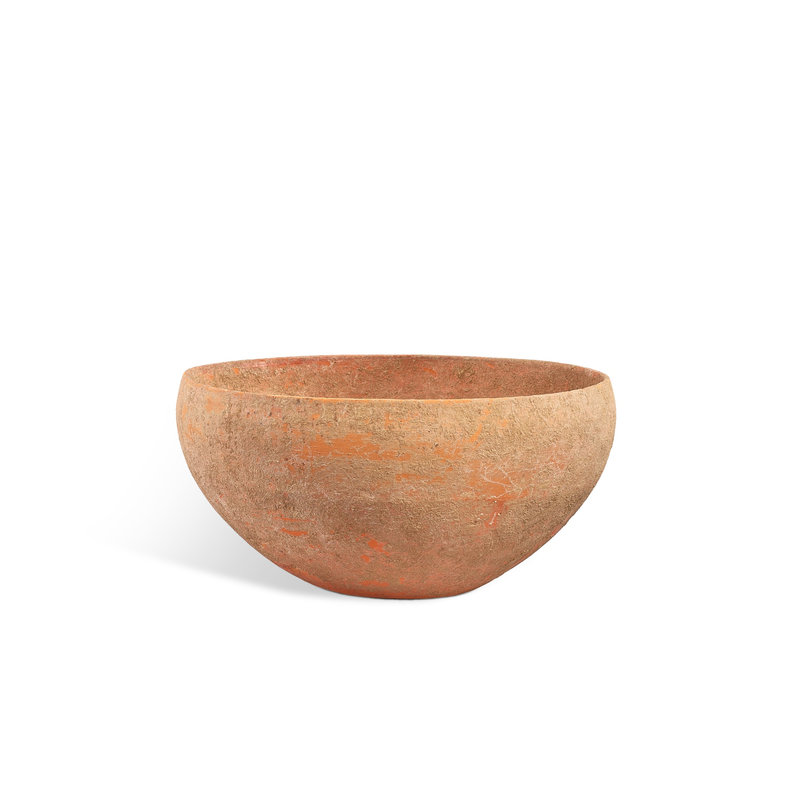
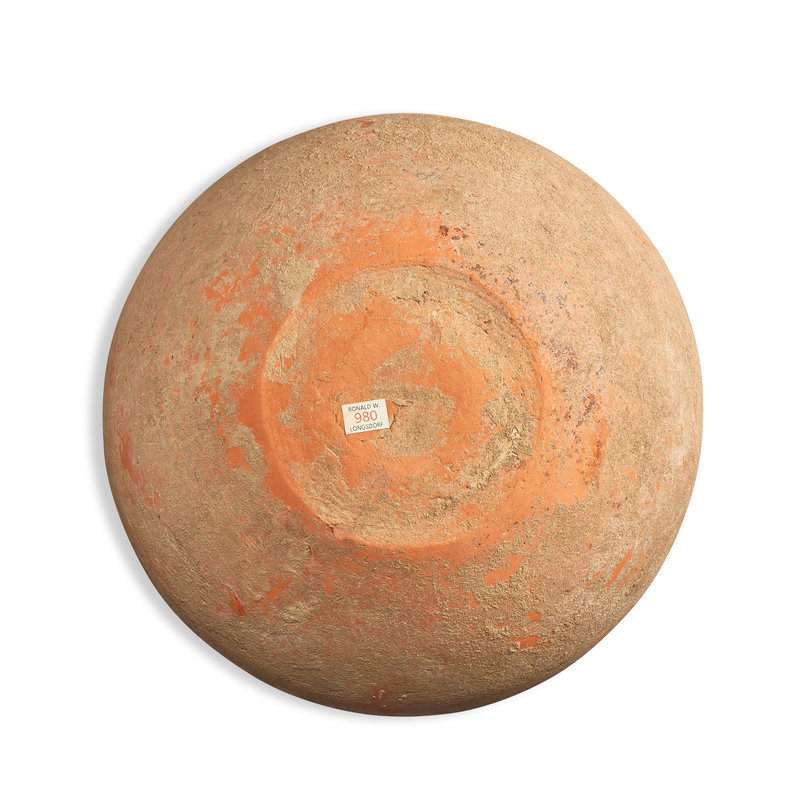

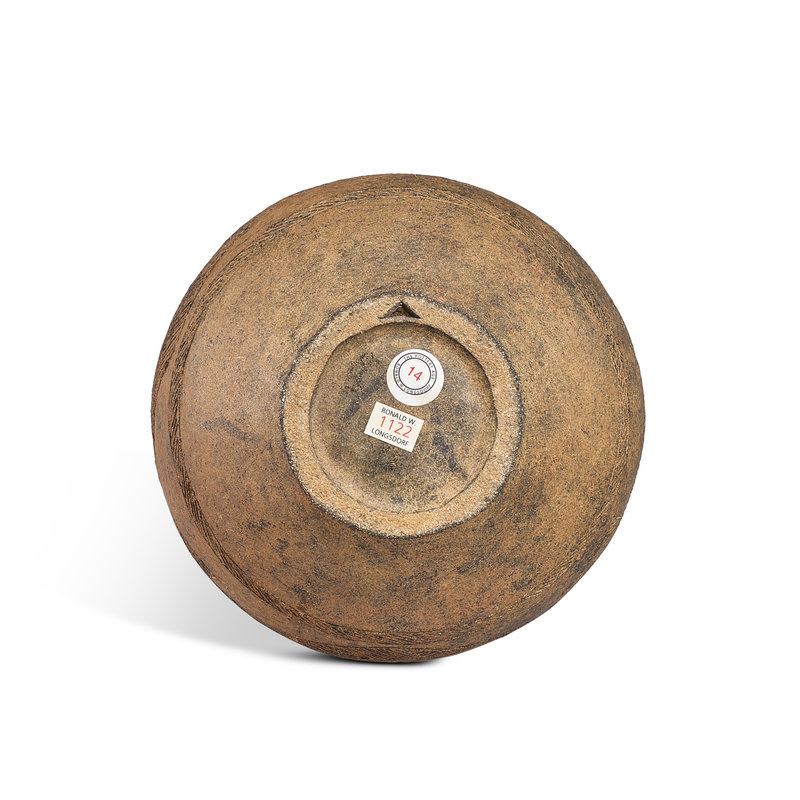
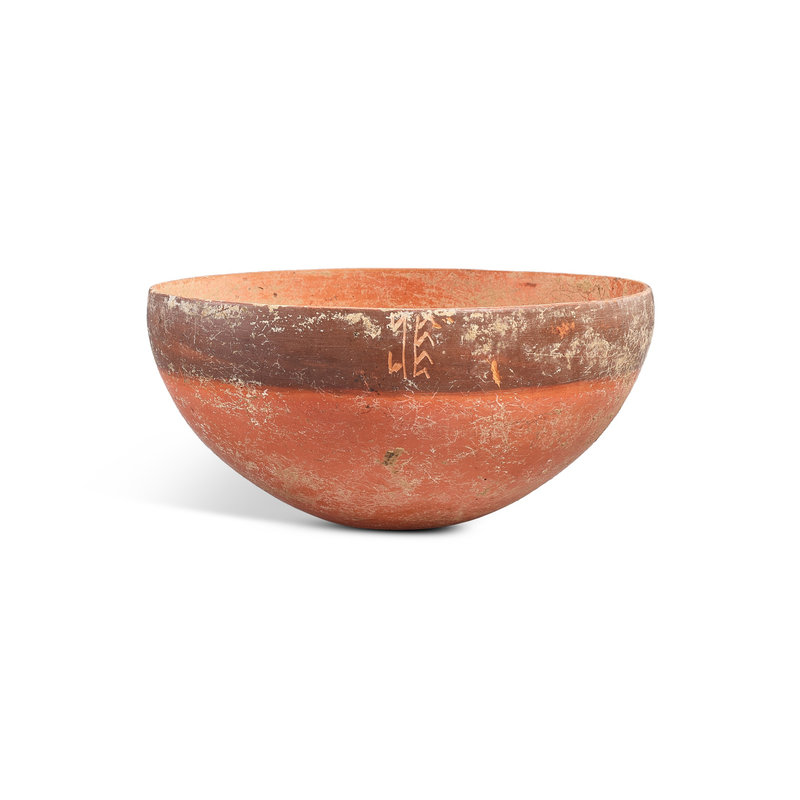

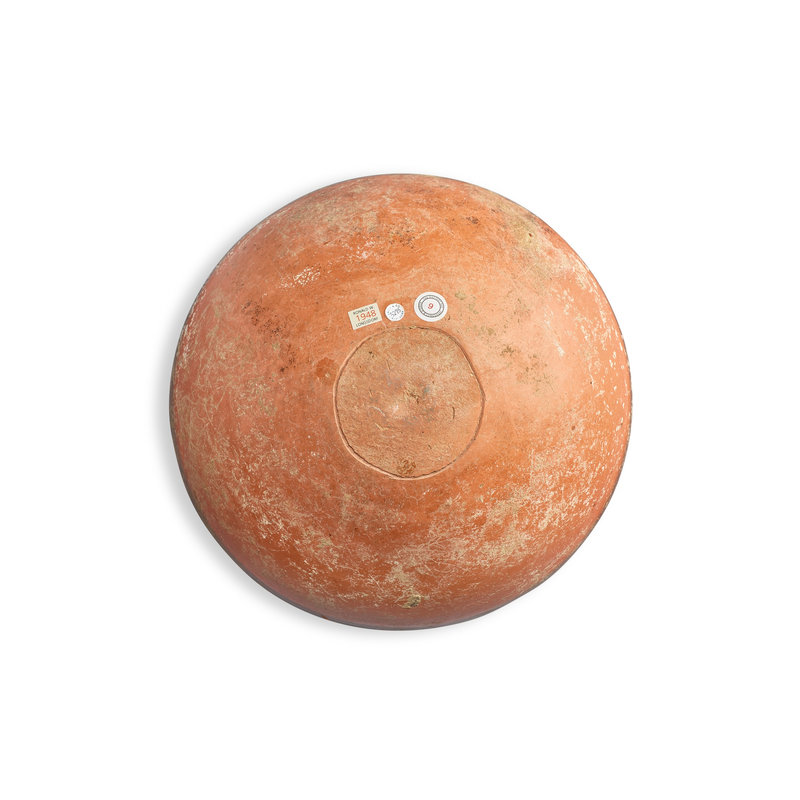
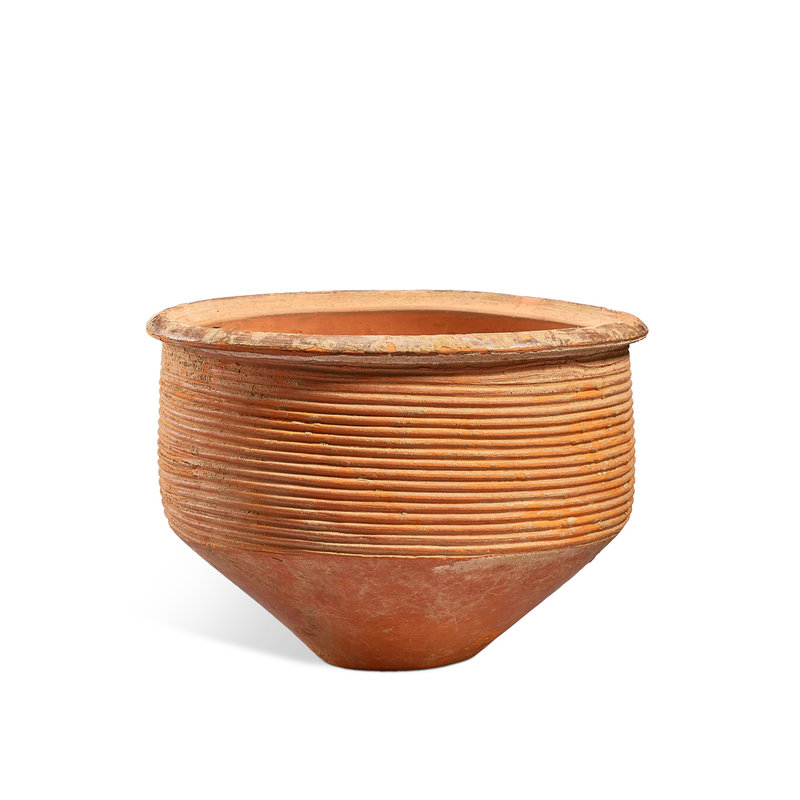



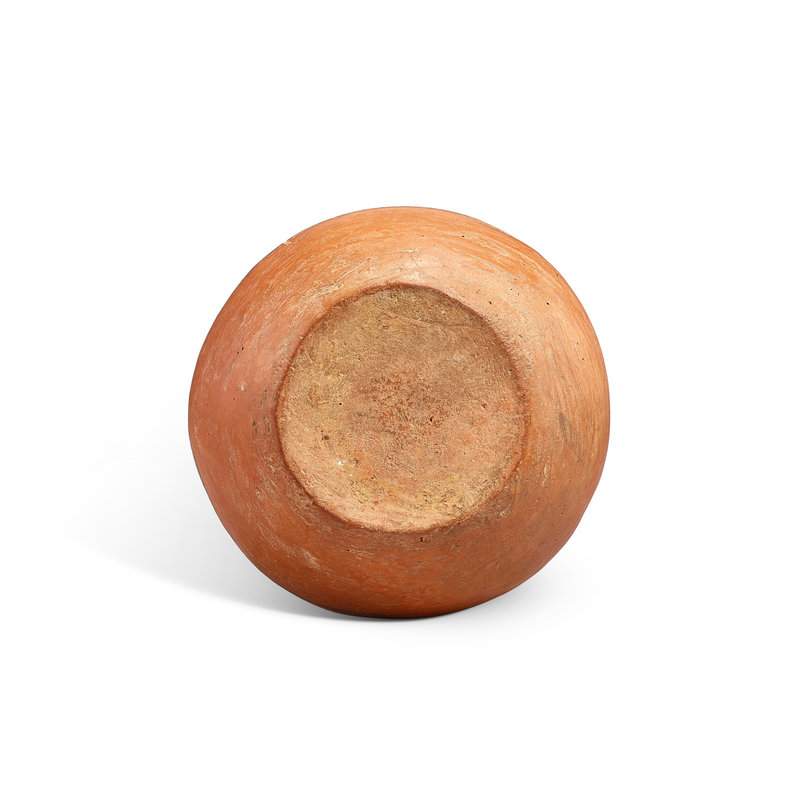



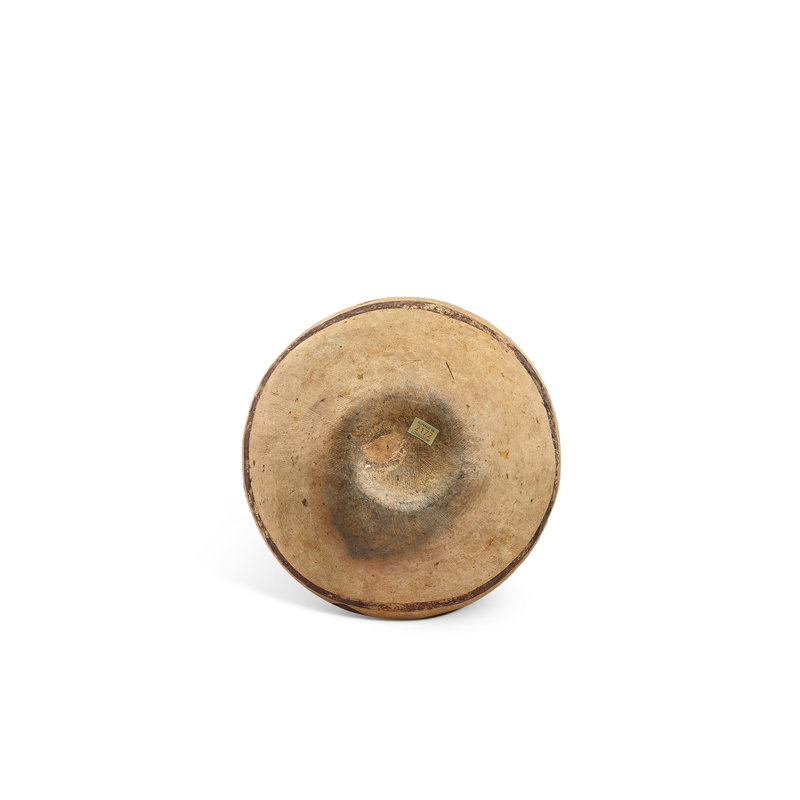
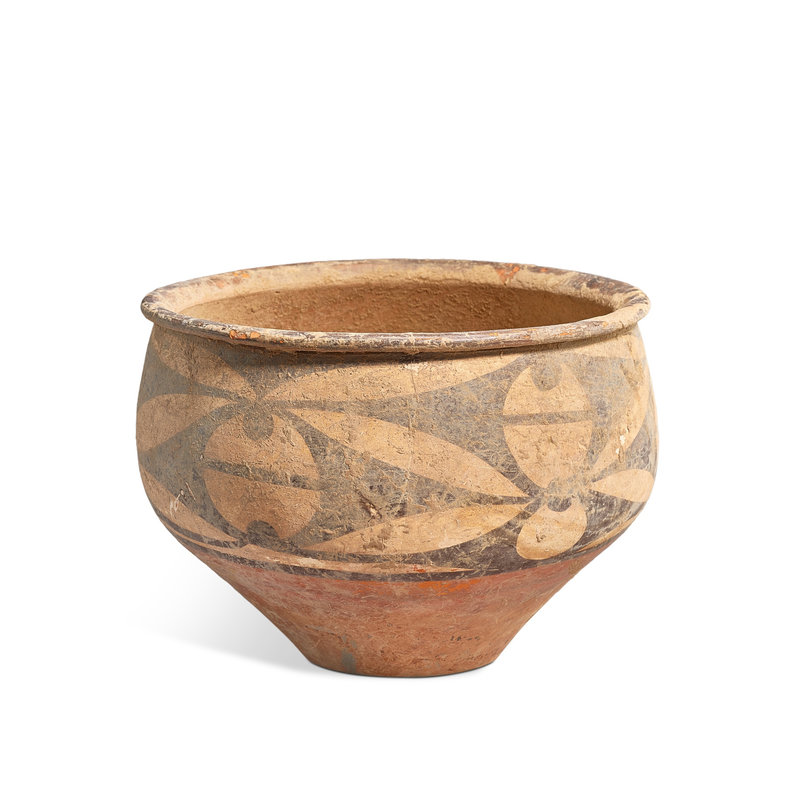
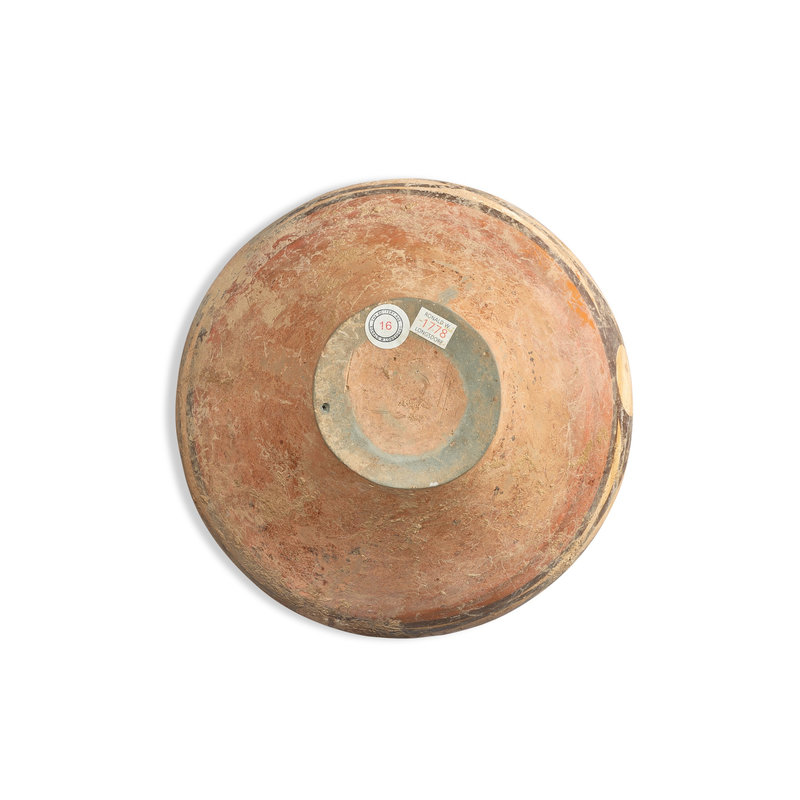



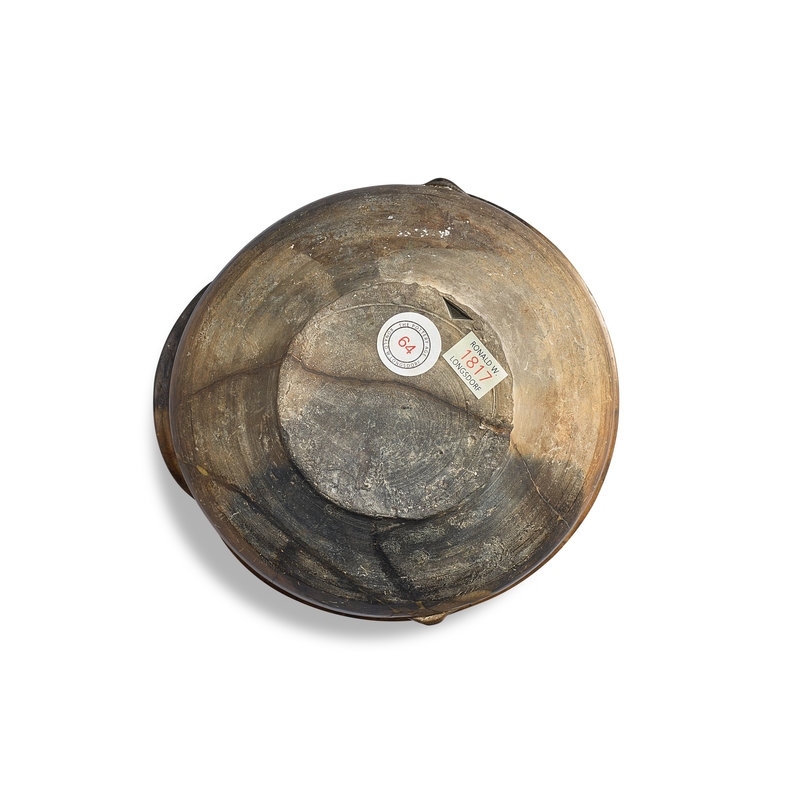
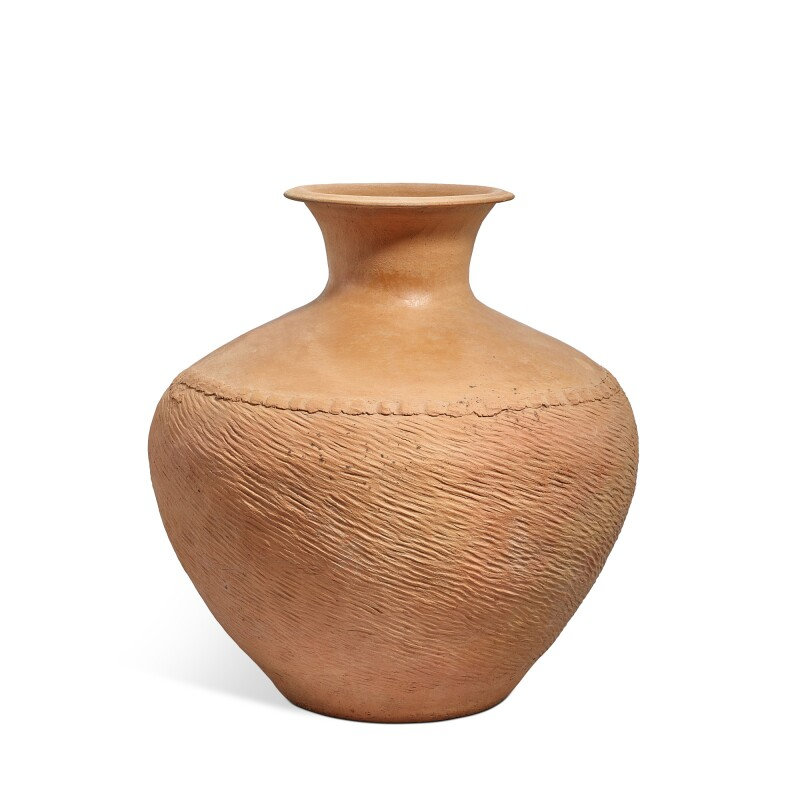
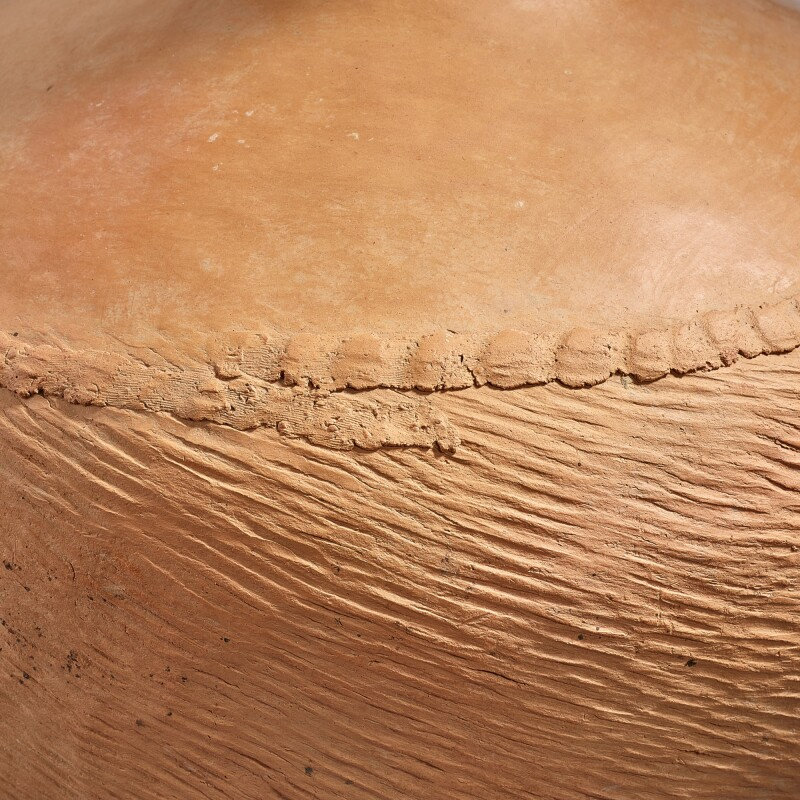


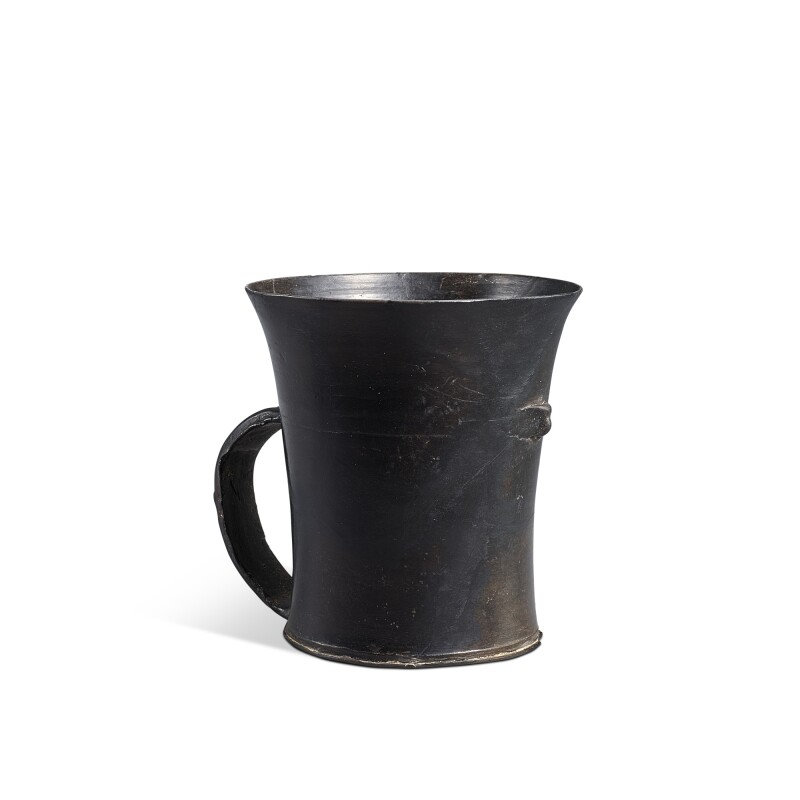





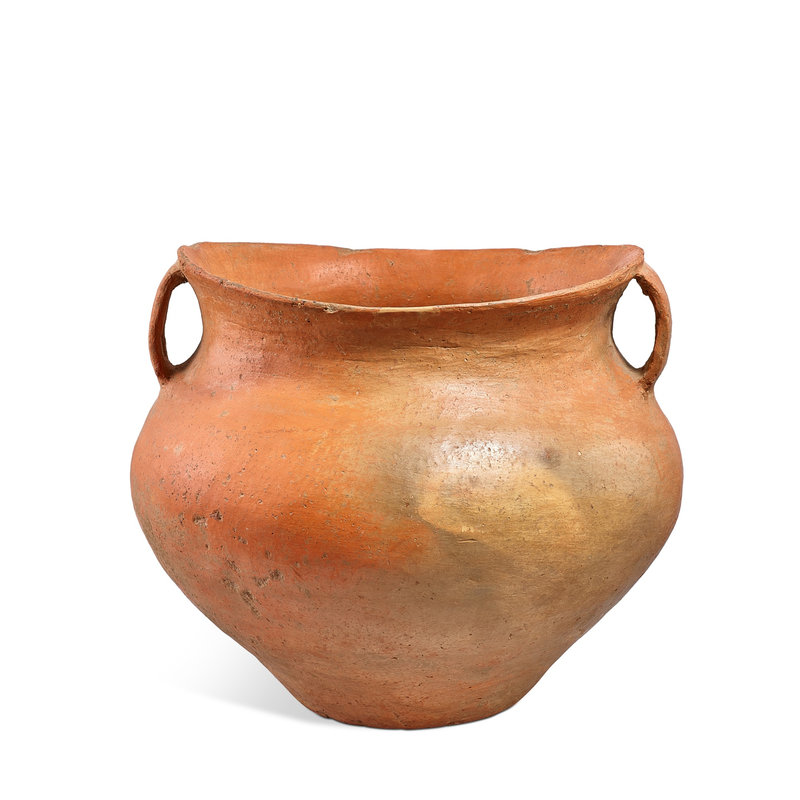

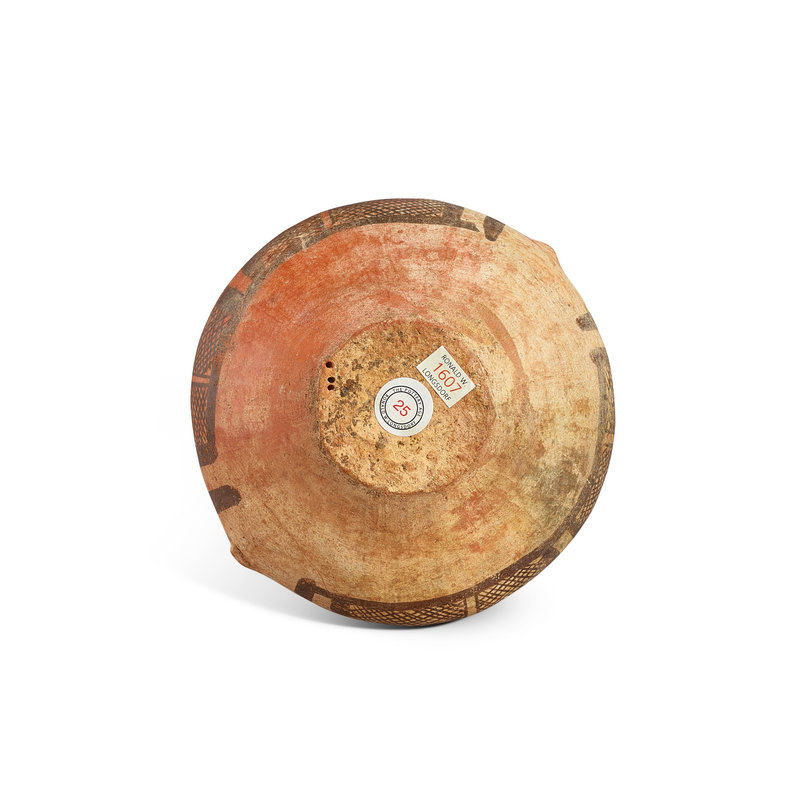
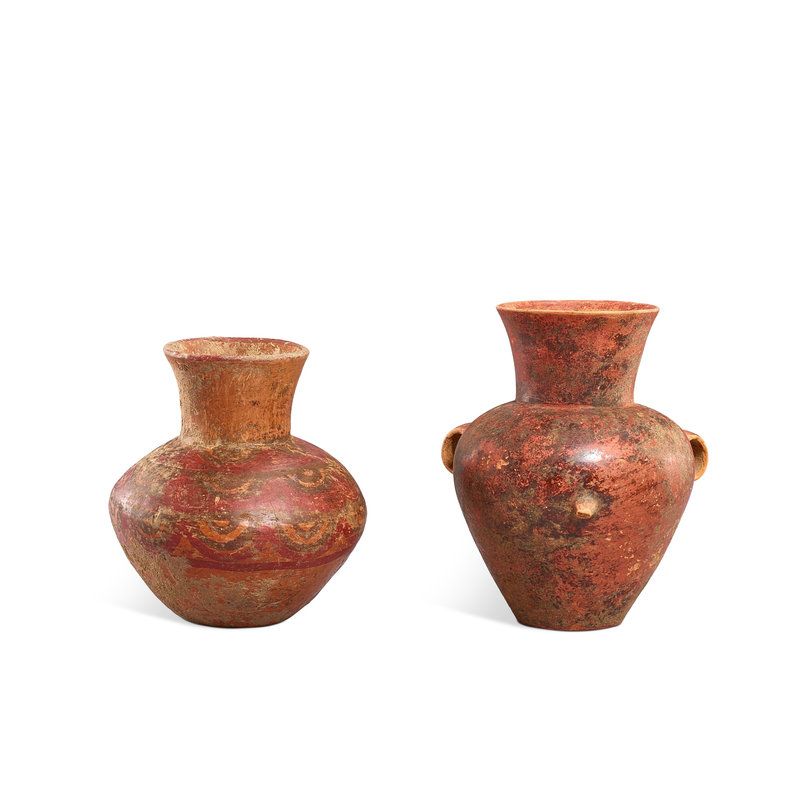
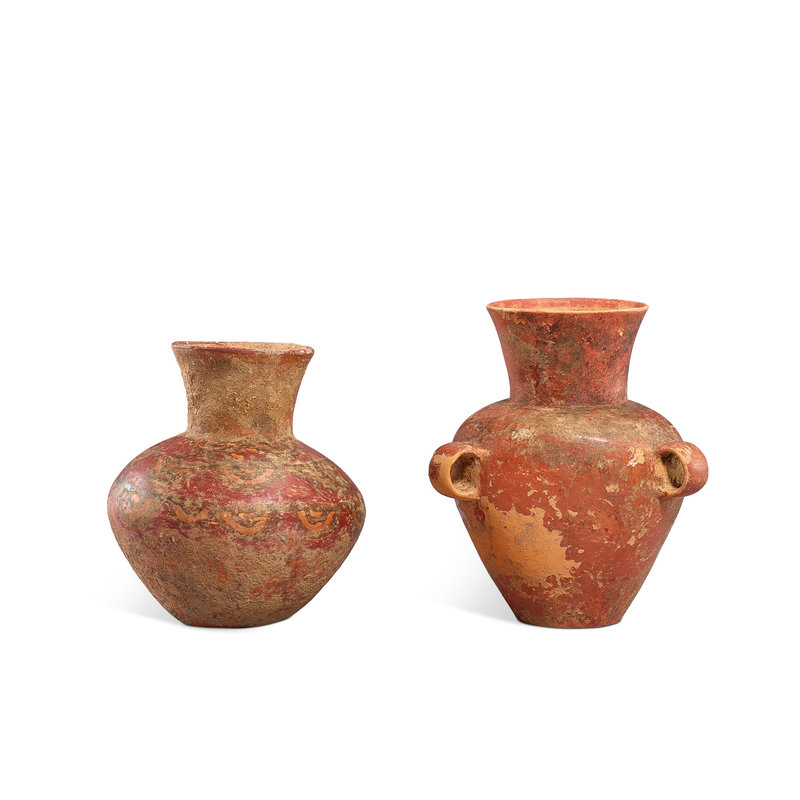

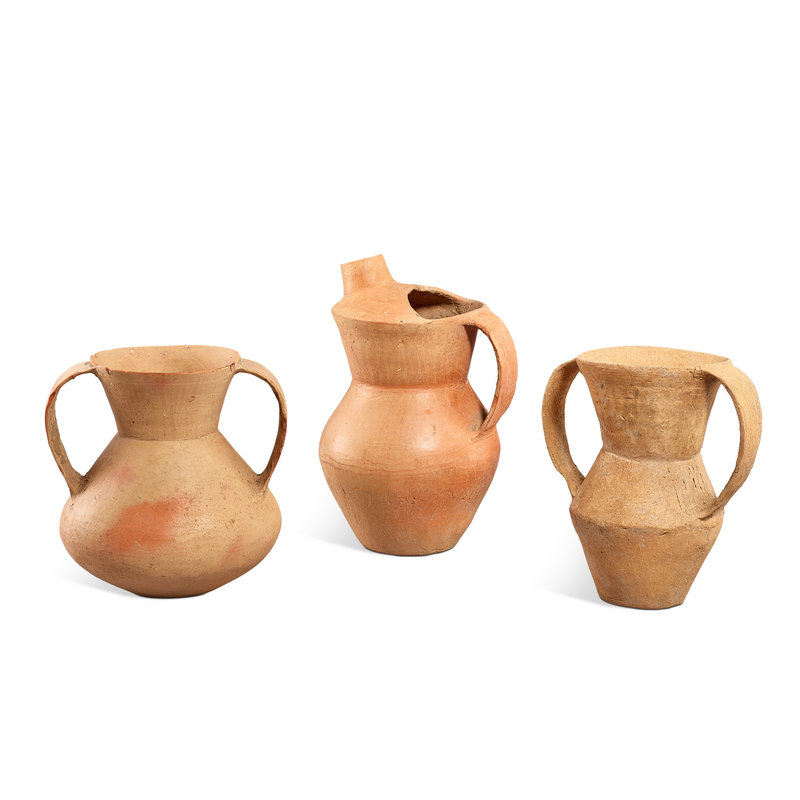



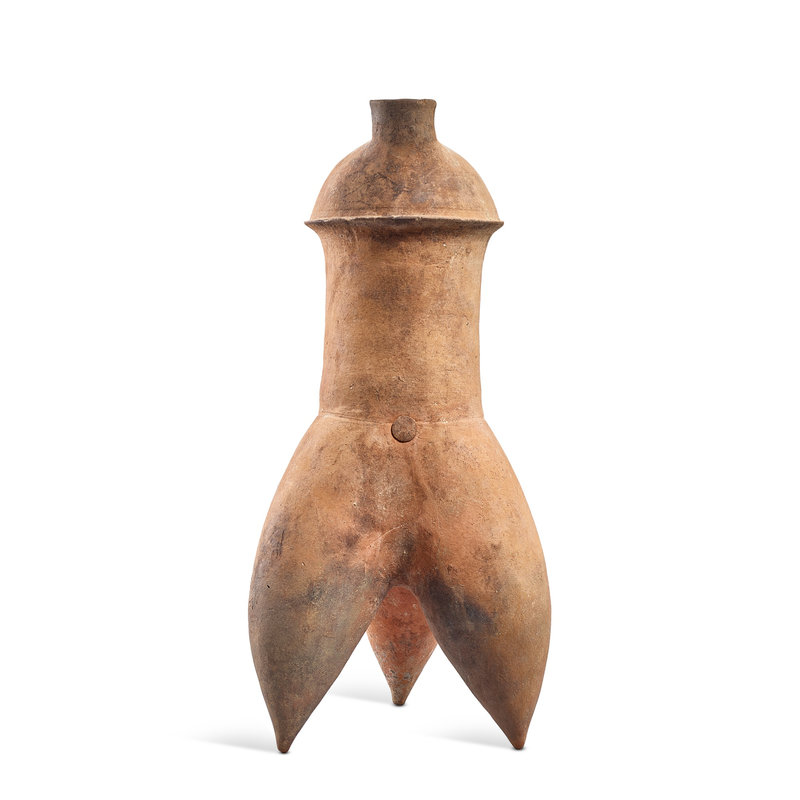
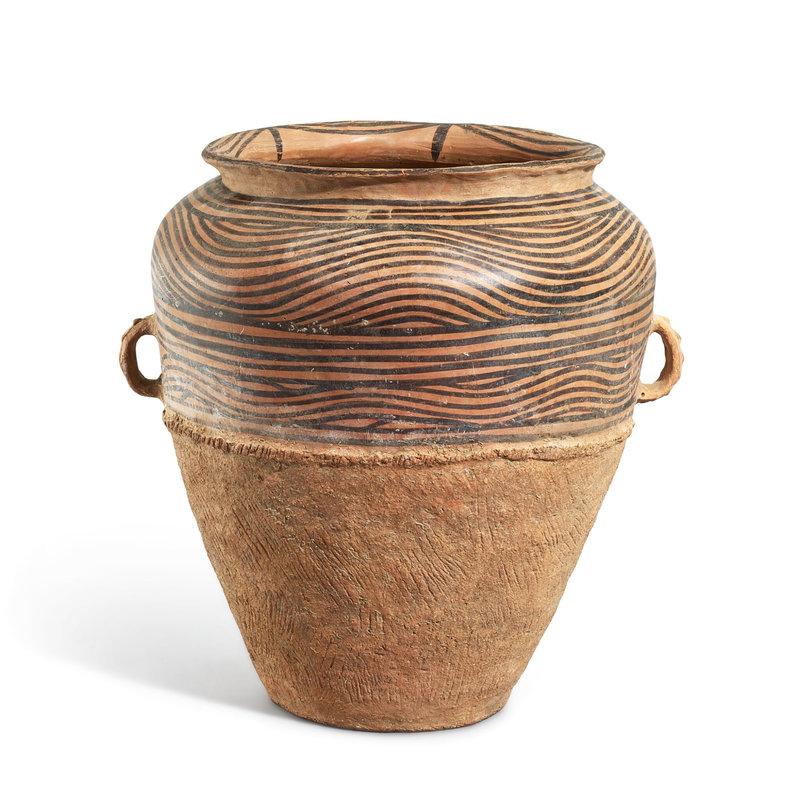
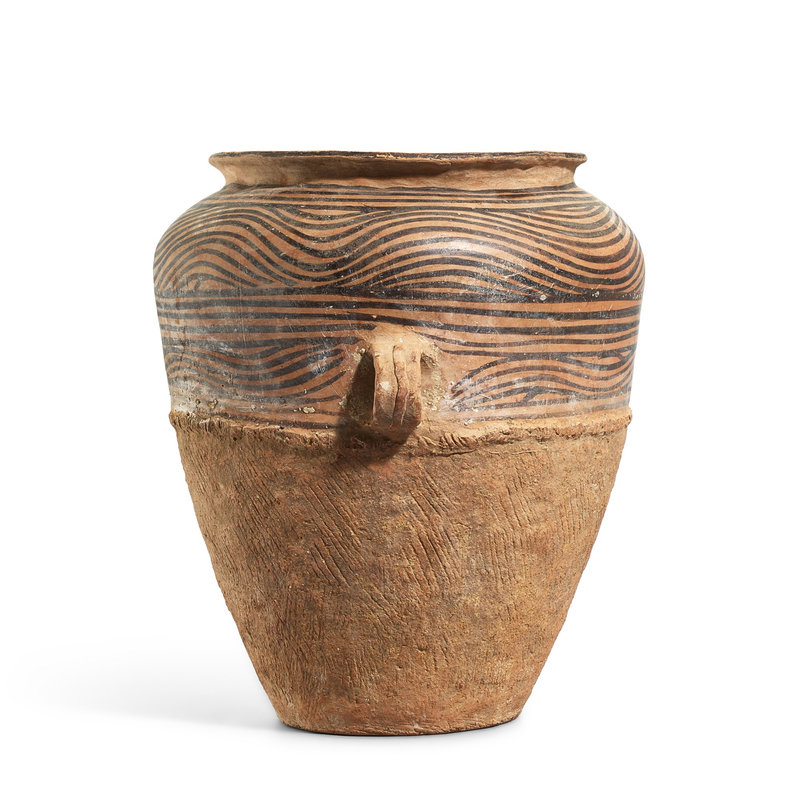

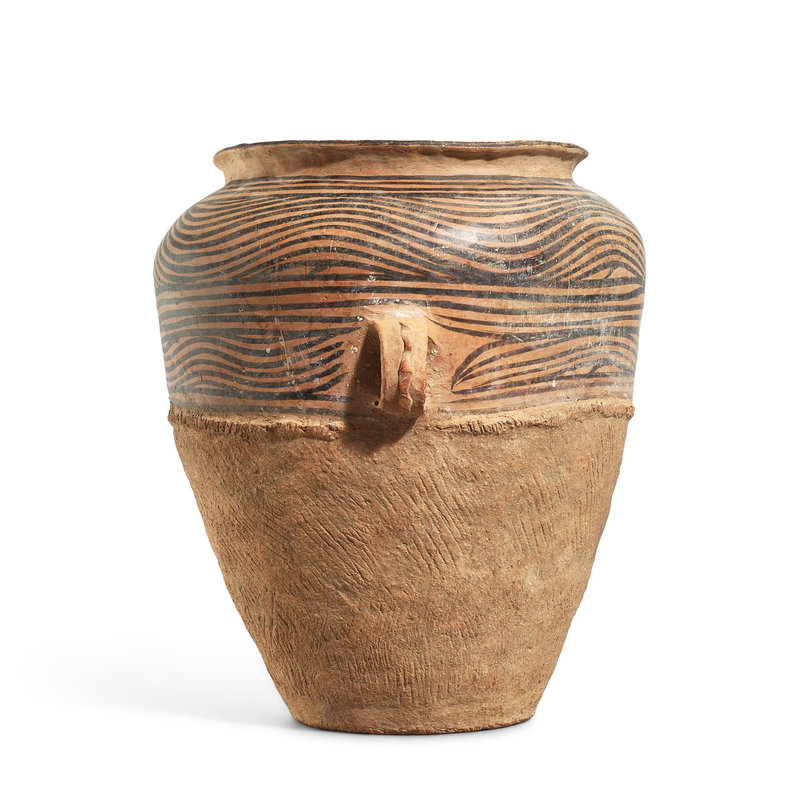
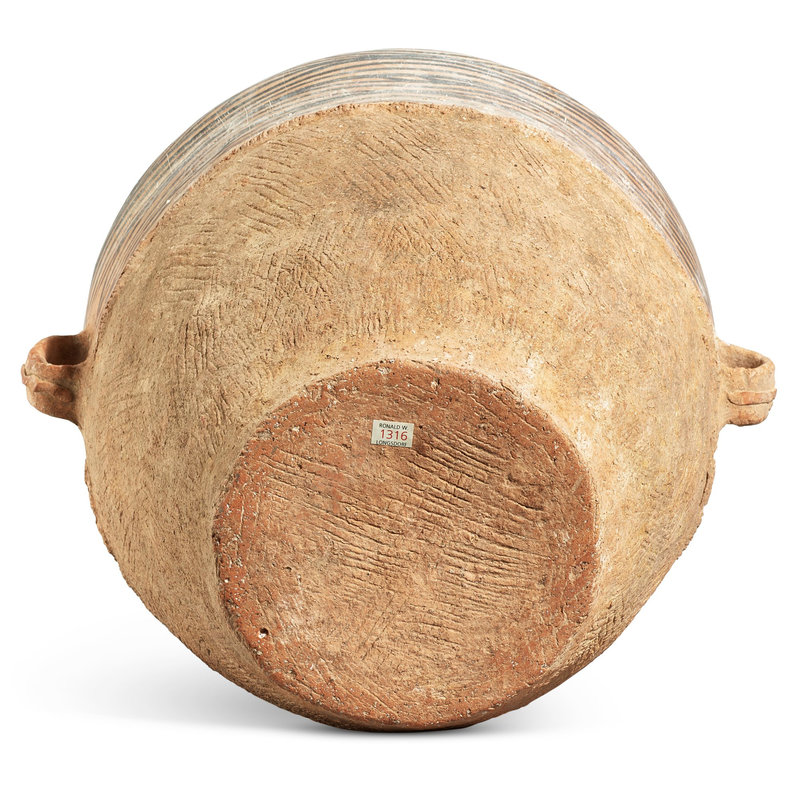

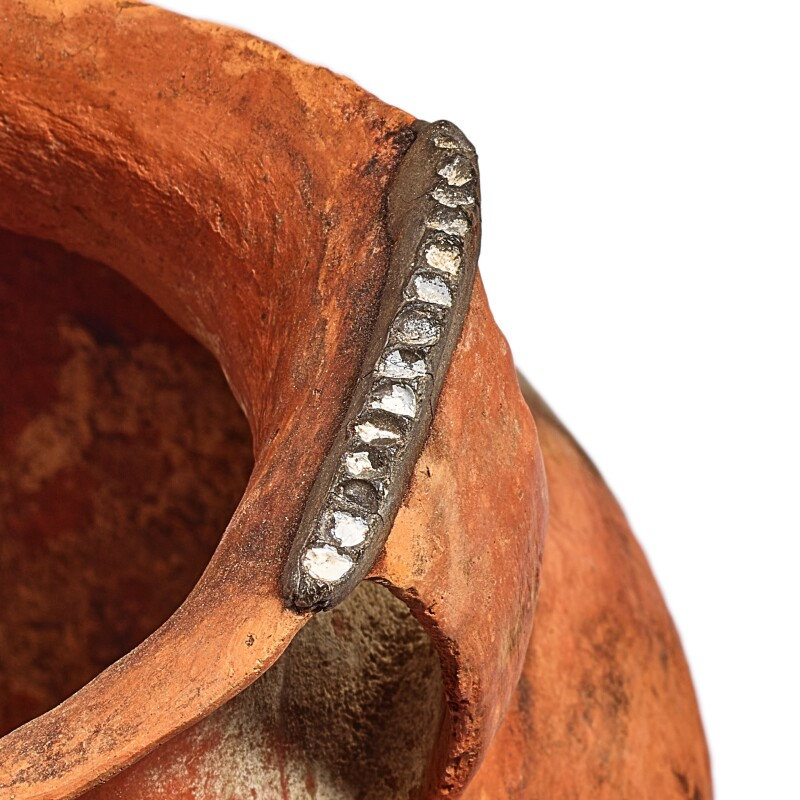
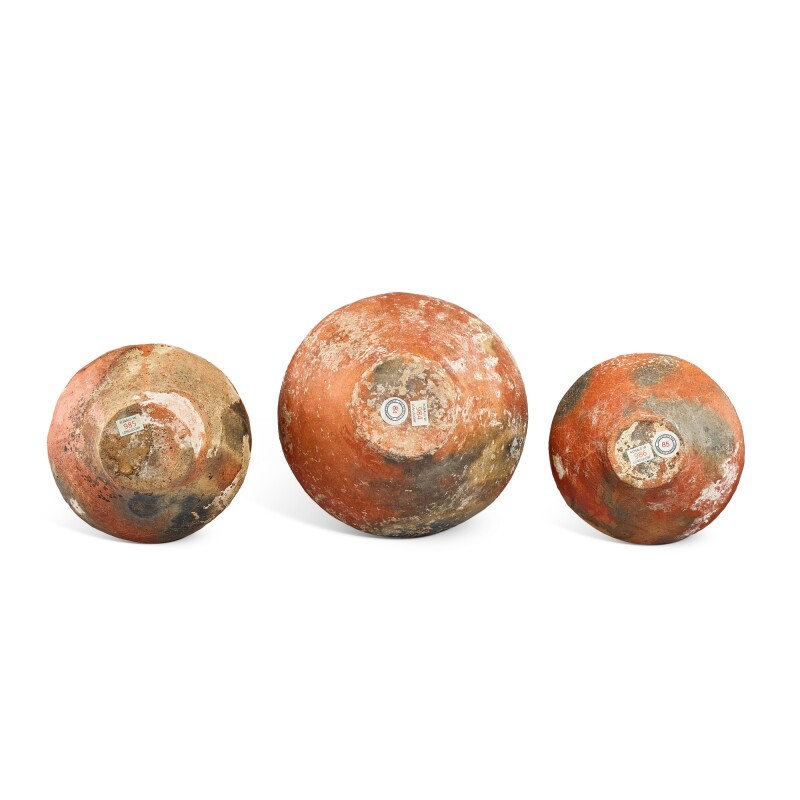





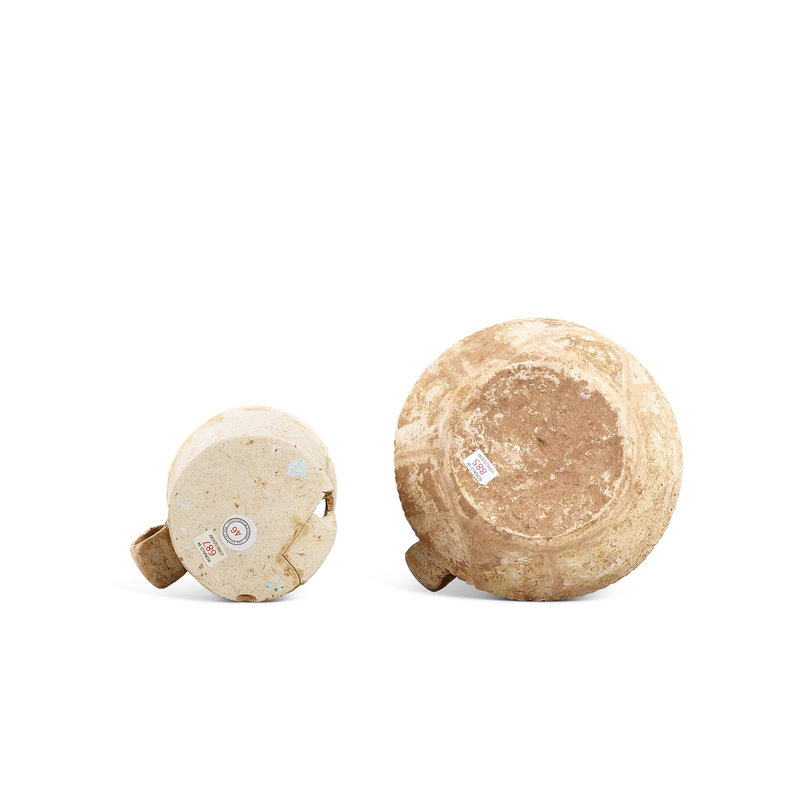





/image%2F1371349%2F20240322%2Fob_ddd868_433860366-1637541840349162-10046731963.jpg)
/http%3A%2F%2Fstorage.canalblog.com%2F18%2F23%2F119589%2F127747232_o.jpg)
/http%3A%2F%2Fstorage.canalblog.com%2F64%2F83%2F119589%2F112636616_o.jpg)
/http%3A%2F%2Fstorage.canalblog.com%2F55%2F35%2F119589%2F110199079_o.jpg)